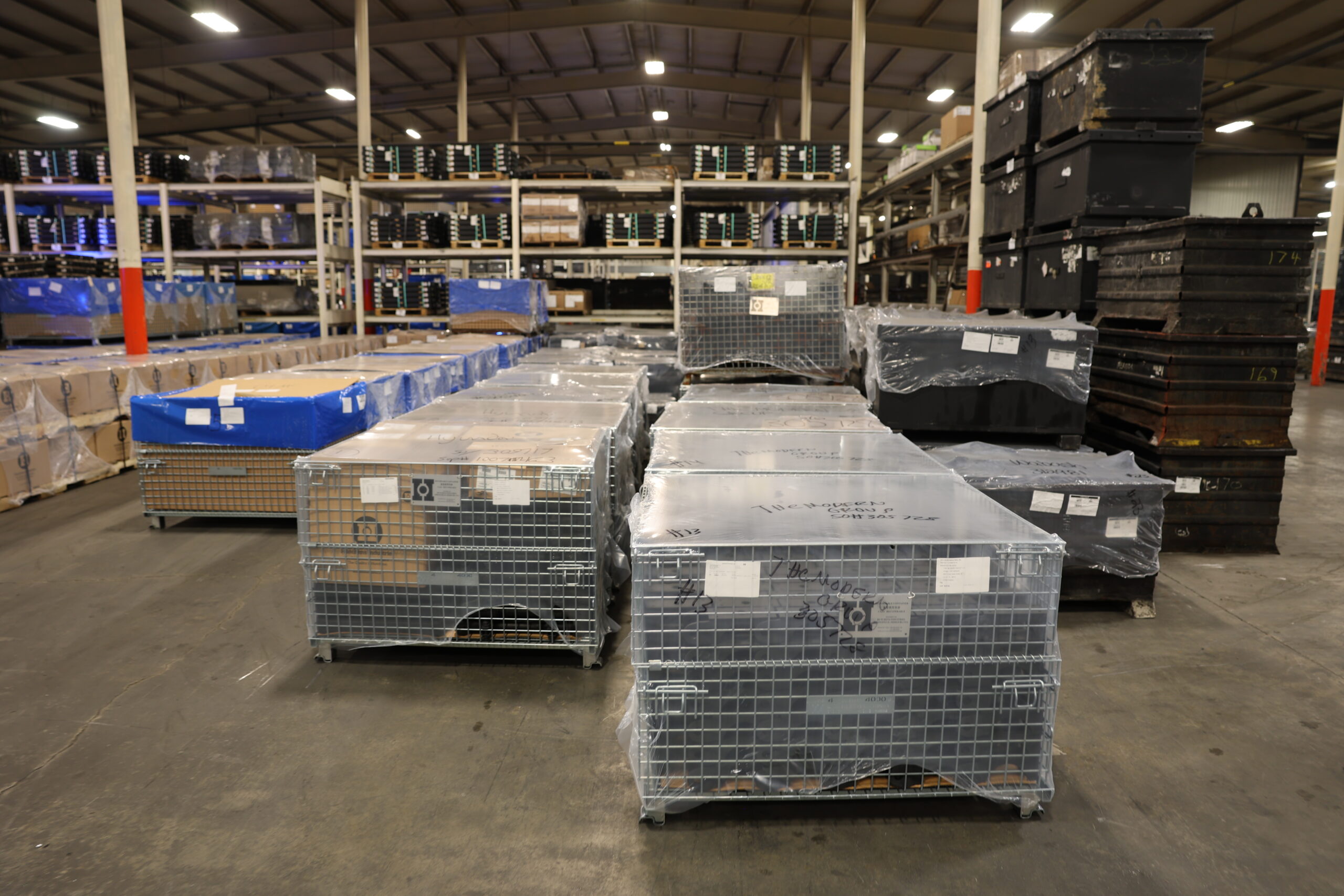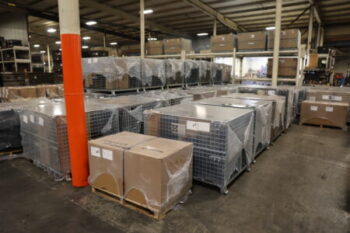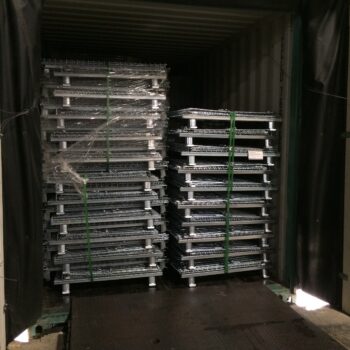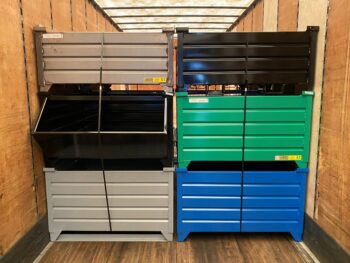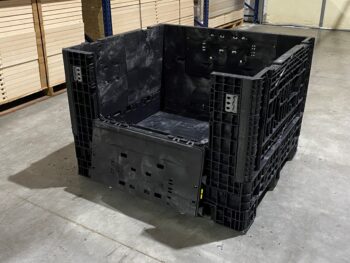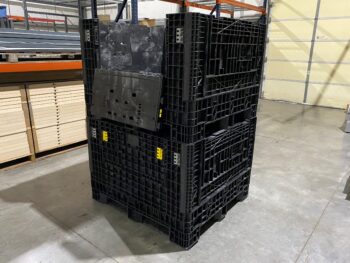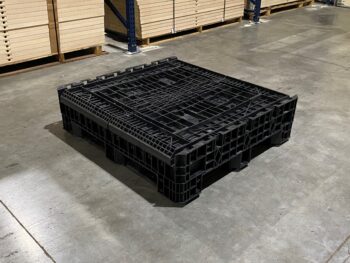Returnables | Plastic, Steel & Wire Containers used as Returnable Packaging
Returnable packaging systems involve a closed-loop process where containers are used for shipping products to customers or distributors and then returned to the original manufacturer or another point in the supply chain for reuse. These systems often include a reverse logistics network to facilitate the return of empty containers. Standardized plastic, steel, and wire container … Continue reading Returnables | Plastic, Steel & Wire Containers used as Returnable Packaging
Returnable packaging systems involve a closed-loop process where containers are used for shipping products to customers or distributors and then returned to the original manufacturer or another point in the supply chain for reuse. These systems often include a reverse logistics network to facilitate the return of empty containers.
Standardized plastic, steel, and wire container sizes allow for optimal space use through stacking and organization, while consistent size and visibility improve inventory management. Some designs offer safety features such as secure closures or lifting capabilities, while the variety of sizes, materials, and configurations caters to differing storage and transportation needs across industries.
The main goal of returnable packaging is to reduce waste, lower costs, and improve efficiency in the supply chain. The sturdiness of plastic, steel, and wire returnable containers translates to a longer lifespan and better protection for your goods, minimizing damage and waste compared to cardboard boxes. This durability, coupled with reusability, significantly reduces long-term costs, eliminating the need for constant replacements and waste disposal fees.

